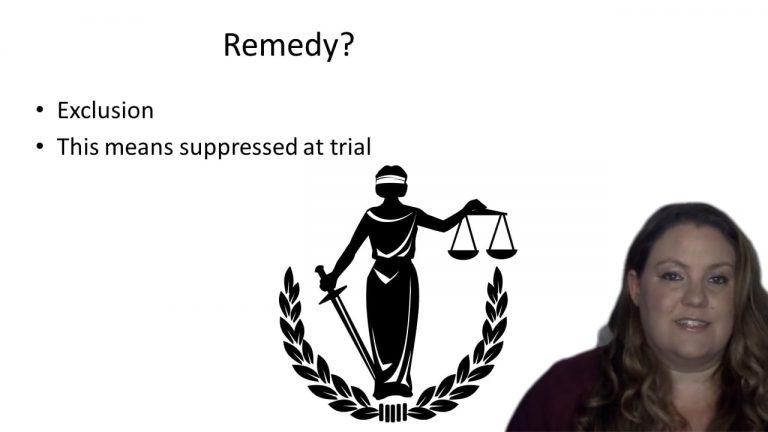SmartBrief
Confirm favorite deletion?
Criminal Procedure Keyed to Dressler
Minnesota v. Carter
Citation:
525 U.S. 83, 119 S.Ct. 469, 142 L.Ed.2d 373.Facts
A police officer went to an apartment building to investigate a tip. The officer looked through a drawn window blind and observed the defendants, Carter and Johns, and the lessee of the apartment, Thompson, bagging cocaine for several minutes.
The officer obtained a search warrant and returned to the apartment, where he discovered cocaine residue on the kitchen table and plastic baggies. The police later learned that while Thompson was the lessee of the apartment, Carter and Johns lived in a different state and had come to the apartment for the sole purpose of packaging the cocaine. Carter and Johns had never been to the apartment before and were only in the apartment for approximately 2.5 hours. In return for the use of the apartment, Carter and Johns had given Thompson some of the cocaine.
The defendants moved to suppress all evidence obtained from the search of the apartment, claiming that the search was in violation of the Fourth Amendment. The motion was denied, and the defendants were each convicted. They appealed, and the Minnesota Supreme Court reversed, holding the defendants had “standing” to claim the protection of the Fourth Amendment because they had a legitimate expectation of privacy in the invaded place.
Only StudyBuddy Pro offers the complete Case Brief Anatomy*
Access the most important case brief elements for optimal case understanding.
*Case Brief Anatomy includes: Brief Prologue, Complete Case Brief, Brief Epilogue
- The Brief Prologue provides necessary case brief introductory information and includes:
Topic:
Identifies the topic of law and where this case fits within your course outline.Parties:
Identifies the cast of characters involved in the case.Procedural Posture & History:
Shares the case history with how lower courts have ruled on the matter.Case Key Terms, Acts, Doctrines, etc.:
A case specific Legal Term Dictionary.Case Doctrines, Acts, Statutes, Amendments and Treatises:
Identifies and Defines Legal Authority used in this case.
- The Case Brief is the complete case summarized and authored in the traditional Law School I.R.A.C. format. The Pro case brief includes:
Brief Facts:
A Synopsis of the Facts of the case.Rule of Law:
Identifies the Legal Principle the Court used in deciding the case.Facts:
What are the factual circumstances that gave rise to the civil or criminal case? What is the relationship of the Parties that are involved in the case.Issue(s):
Lists the Questions of Law that are raised by the Facts of the case.Holding:
Shares the Court's answer to the legal questions raised in the issue.Concurring / Dissenting Opinions:
Includes valuable concurring or dissenting opinions and their key points.Reasoning and Analysis:
Identifies the chain of argument(s) which led the judges to rule as they did.
- The Brief Prologue closes the case brief with important forward-looking discussion and includes:
Policy:
Identifies the Policy if any that has been established by the case.Court Direction:
Shares where the Court went from here for this case.
Topic Resources
Topic Outline
Topic Refresher Course
Topic Charts & Notes

 15m 53s
15m 53s